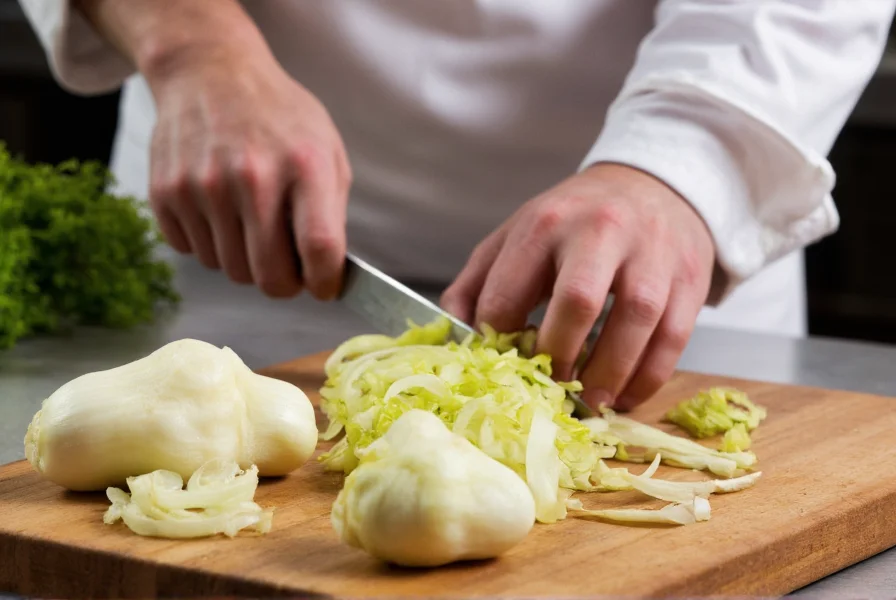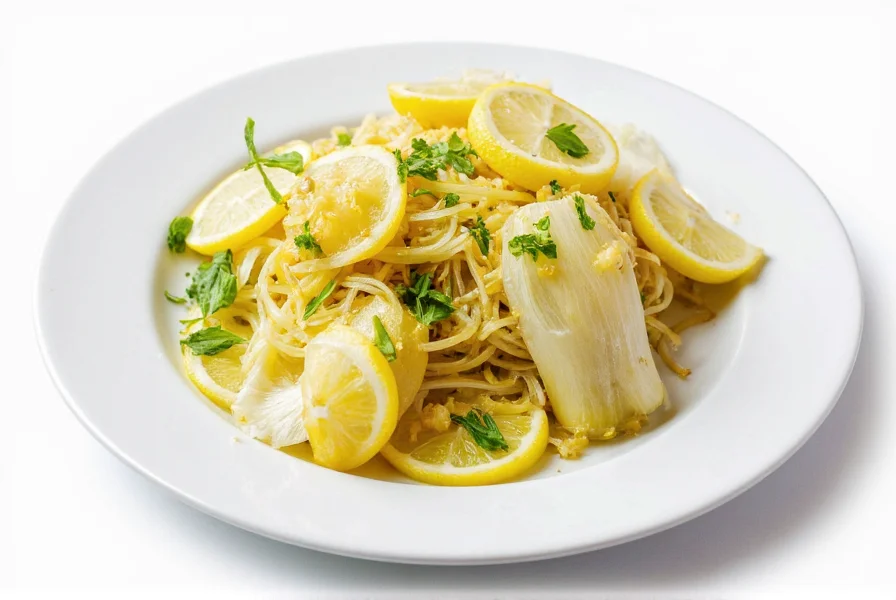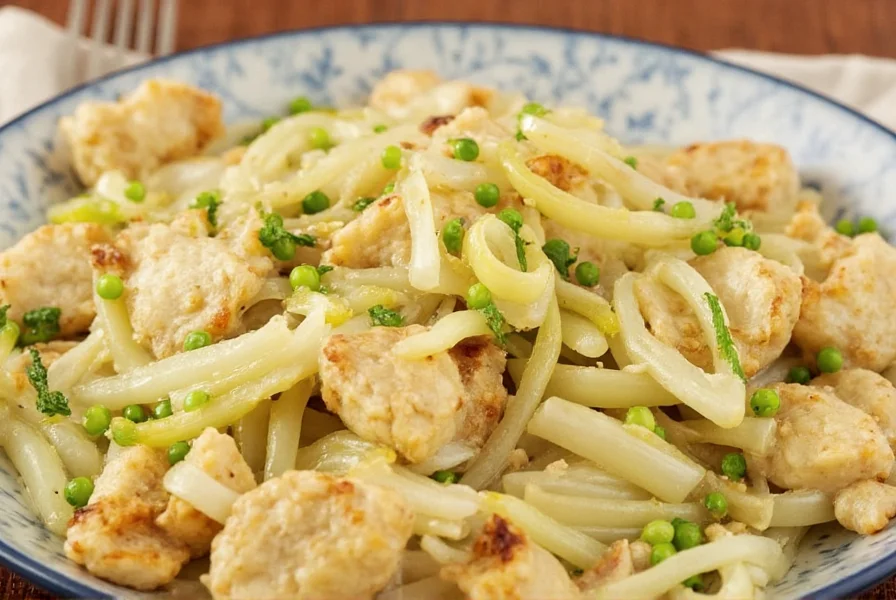Fennel often intimidates home cooks with its distinctive licorice-like flavor, but sautéing unlocks its surprising versatility. When cooked properly, fennel's sharp edges mellow into a sweet, complex vegetable that complements both delicate and robust dishes. This guide provides professional techniques for perfect sautéed fennel every time, whether you're a beginner or looking to refine your skills.
Why Sautéing Works Best for Fennel
Unlike boiling which leaches flavor, sautéing preserves fennel's essential oils while developing new flavor compounds through the Maillard reaction. The dry-heat method concentrates natural sugars, transforming the bulb's crisp texture into something tender yet substantial. Professional chefs prefer sautéing because it:
- Develops complex caramelized flavors through controlled browning
- Maintains structural integrity better than boiling or steaming
- Allows for layering flavors with aromatics like garlic and shallots
- Creates a versatile base that works across multiple cuisines

Essential Tools and Ingredients
While you can sauté fennel with basic kitchen equipment, these tools ensure consistent results:
| Equipment | Why It Matters | Pro Tip |
|---|---|---|
| 12-inch stainless steel skillet | Even heat distribution prevents burning | Preheat pan before adding oil for better sear |
| Sharp chef's knife | Clean cuts prevent bruising and ensure even cooking | Slice bulb root-to-tip for structural integrity |
| Metal spatula | Prevents sticking without damaging delicate pieces | Use flat edge to press fennel gently for better browning |
Step-by-Step Perfect Sautéed Fennel Recipe
This foundational technique works for any variation. Master this method before experimenting with additions:
- Prepare the fennel: Trim stalks and root end. Remove any tough outer layers. Slice bulb vertically into ¼-inch thick slices, keeping core intact to hold layers together.
- Heat the pan: Preheat 12-inch skillet over medium heat for 2 minutes. Add 2 tablespoons olive oil or butter and wait until shimmering (not smoking).
- Sauté the base: Arrange fennel slices in single layer. Cook undisturbed for 4-5 minutes until golden brown on first side.
- Flip and season: Turn slices with metal spatula. Add ¼ teaspoon salt and continue cooking 3-4 minutes until tender-crisp.
- Finish: Remove from heat. Stir in 1 tablespoon lemon juice or vinegar. Optional: add reserved fronds for freshness.
Flavor Variations for Every Occasion
Once you've mastered the basic technique, these chef-developed variations elevate sautéed fennel from simple side to standout dish:
Lemon-Garlic Sautéed Fennel
Add 2 minced garlic cloves during the last 2 minutes of cooking. Finish with zest of ½ lemon and 1 tablespoon lemon juice. Perfect with grilled fish or roasted chicken.
Mediterranean Style with Olives
After flipping fennel, add ¼ cup pitted Kalamata olives and 1 teaspoon dried oregano. Finish with crumbled feta cheese. Excellent with lamb or in grain bowls.
Citrus-Enhanced Fennel
Substitute orange or blood orange juice for lemon in the finishing step. Add thin orange slices during the last 2 minutes of cooking. Pairs beautifully with duck or pork.

Common Mistakes to Avoid
Even experienced cooks make these errors when preparing sautéed fennel recipes:
- Overcrowding the pan: Causes steaming instead of browning. Cook in batches if necessary.
- High heat: Leads to burnt edges before center softens. Medium heat ensures even cooking.
- Skipping the flip: One-sided cooking creates uneven texture. Flip halfway through cooking time.
- Adding acid too early: Prevents proper caramelization. Always add lemon or vinegar at the end.
Nutritional Benefits of Sautéed Fennel
Fennel maintains impressive nutritional value even after cooking. One cup of sautéed fennel provides:
- 14 grams of dietary fiber (56% of daily value)
- High levels of vitamin C and potassium
- Antioxidants like rosmarinic acid and quercetin
- Only 73 calories per serving when cooked with minimal oil
The cooking process actually increases the bioavailability of certain nutrients while preserving most vitamin content when prepared properly.
Storage and Reheating Tips
Leftover sautéed fennel keeps well for 3-4 days in an airtight container in the refrigerator. For best results when reheating:
- Revive in a hot skillet with a splash of water rather than microwaving
- Add fresh acid (lemon juice or vinegar) after reheating to refresh flavors
- Consider transforming leftovers into fennel hash with potatoes and eggs
Frequently Asked Questions
How do I properly cut fennel for sautéing?
Trim the stalks and root end first. Remove any tough outer layers, then slice vertically through the core to maintain structural integrity. Cut into ¼-inch thick slices for even cooking. The core helps hold the layers together during sautéing.
Can I sauté fennel with other vegetables?
Yes, but add vegetables according to their cooking times. Start with harder vegetables like carrots, then add fennel, and finish with softer vegetables like zucchini. This ensures all components cook evenly without becoming mushy or undercooked.
What protein pairs best with sautéed fennel?
Sautéed fennel complements both delicate and robust proteins. It pairs exceptionally well with fish (especially salmon), chicken, pork, and duck. The anise notes in fennel create beautiful flavor bridges with citrus-marinated proteins and Mediterranean spice profiles.
Why does my sautéed fennel turn out mushy?
Mushy fennel usually results from overcrowding the pan (causing steaming instead of sautéing) or cooking on too high heat which breaks down the structure too quickly. Use medium heat, give pieces space in the pan, and avoid excessive flipping to maintain proper texture.
Can I use fennel fronds in sautéed fennel recipes?
Absolutely. Chop the feathery fronds finely and add them during the last minute of cooking or use as garnish. They provide a concentrated fennel flavor and attractive green color. Reserve some for garnish to add freshness to the finished dish.











 浙公网安备
33010002000092号
浙公网安备
33010002000092号 浙B2-20120091-4
浙B2-20120091-4